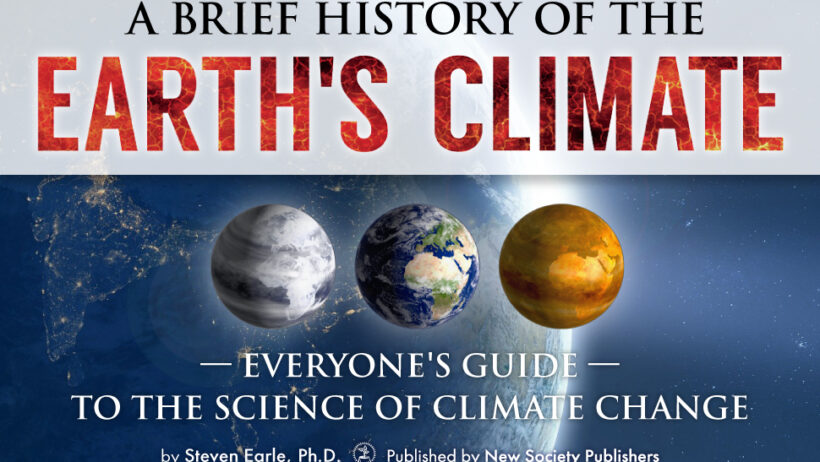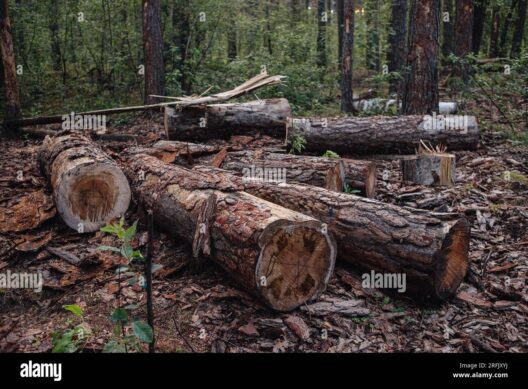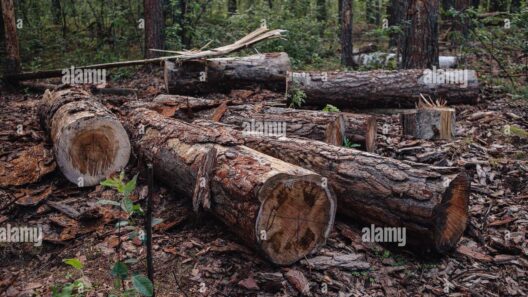The phenomenon of climate change is one that transcends time; it is a narrative woven into the very fabric of human existence. Over the years, the discourse surrounding climate change has evolved dramatically, with an increasing number of individuals recognizing its significance. The genesis of climate change as we understand it today is a tale punctuated by industrial progress, scientific inquiry, and environmental awareness. This exploration delves into the historical underpinnings of climate change, tracing its roots to unveil not merely a linear progression of events but a complex interplay of factors influencing our planet’s climate.
To comprehend how climate change began, one must first acknowledge the Earth’s inherent climatic fluctuations over geological epochs. The planet has experienced numerous climatic shifts, from ice ages to prolonged warming periods. These natural phenomena were largely driven by forces such as volcanic eruptions, variations in solar radiation, and tectonic shifts. However, the period of industrialization, which commenced in the late 18th century, ushered in an unprecedented acceleration of climate change, marking a significant departure from the historical climatic variability.
The Industrial Revolution precipitated a shift in the means of production, characterized by the expansive utilization of fossil fuels such as coal, oil, and natural gas. This dependence initiated a cycle of greenhouse gas emissions, particularly carbon dioxide and methane, which began to accumulate in the atmosphere at alarming rates. The ramifications of this transition are profound and far-reaching. Factories belched smoke, cities filled with the exhaust from steam engines, and the exploitation of natural resources became rampant. What was once a modest incursion into the Earth’s natural systems transformed into a monumental assault on planetary health.
Simultaneously, scientific understanding of the atmosphere and climate dynamics began to deepen. Noteworthy among early contributors was John Tyndall in the 1850s, who elucidated the heat-trapping properties of certain gases. His explorations laid the groundwork for future scientific inquiry. By the late 19th century, researchers like Svante Arrhenius ventured into the realm of quantifying the impact of carbon dioxide on global temperatures, postulating that increased emissions could lead to a warming planet. Tyndall and Arrhenius’s work acted as harbingers of the complex relationship between human activity and global climate.
The 20th century saw the scientific community converge on the idea that human actions significantly influenced climate variability. As industrialization surged, so did urbanization, leading to the encroachment of concrete and asphalt over natural landscapes. Deforestation escalated, exacerbating the issue as trees, which play a crucial role in sequestering carbon, were felled at alarming rates. This trajectory catalyzed a feedback loop; as more forests were cleared, the capacity of the Earth to absorb carbon diminished, further amplifying the accumulation of greenhouse gases.
Moreover, the mid-20th century bore witness to the advent of the modern environmental movement—a response to the visible and tangible impacts of pollution and ecological degradation. Landmark publications, such as Rachel Carson’s “Silent Spring,” awakened public consciousness to the complexities of environmental interrelationships. As the effects of climate change began to manifest in more pronounced ways—droughts, hurricanes, and shifting weather patterns—the urgency for action mounted. This period marked a critical juncture where the public began to demand accountability and foster a narrative of environmental stewardship.
However, despite the emerging consensus within the scientific community regarding anthropogenic climate change, political and economic inertia has often stifled decisive action. A milieu of skepticism emerged, fueled in part by misinformation and vested interests that benefit from the status quo. The conflation of economic progress with environmental degradation continues to pose formidable challenges in formulating effective responses to climate change. While the dialogue surrounding climate issues burgeoned, it often collided with the realities of socio-political agendas, underscoring the complications inherent in addressing such a multifaceted problem.
As the 21st century dawned, the global community faced an unequivocal crossroads. The Paris Agreement of 2015 represented a watershed moment in international climate policy—a concerted effort to reorient global strategies towards mitigating climate change. However, despite the commitments made by countries, the trajectory of carbon emissions continued to rise alarmingly. This paradox illustrates the difficulty of collective action in the face of climate emergencies, further highlighting the vast chasm that exists between ambition and action.
In contemporary discourse, one cannot overlook the disproportionate impact of climate change on marginalized communities. These groups often bear the brunt of environmental degradation, facing increased vulnerability to climate-related disasters while having contributed the least to the problem. This disparity reveals a critical facet of climate change—a reflection of systemic inequalities that necessitate a nuanced approach to environmental justice.
In summation, the history of climate change is a tapestry woven from the threads of historical climatic patterns, industrial growth, scientific exploration, and socio-political dynamics. The realization that human activity bears significant responsibility for the acceleration of climate change has unfolded over centuries, culminating in a present rife with both challenges and opportunities for transformative action. Understanding this history is imperative, for it equips us with the knowledge to address the multifarious obstacles in our path towards a sustainable future, urging us to examine the deeper reasons behind our fascination with this critical issue.







